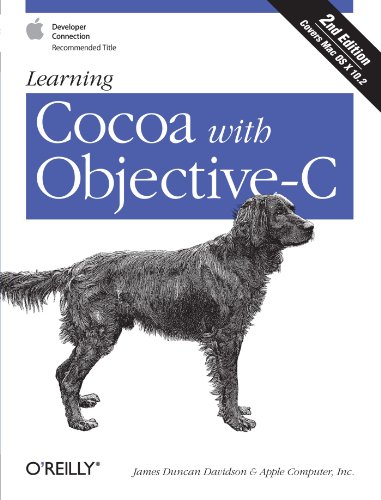

Most ebook files are in PDF format, so you can easily read them using various software such as Foxit Reader or directly on the Google Chrome browser.
Some ebook files are released by publishers in other formats such as .awz, .mobi, .epub, .fb2, etc. You may need to install specific software to read these formats on mobile/PC, such as Calibre.
Please read the tutorial at this link: https://ebookbell.com/faq
We offer FREE conversion to the popular formats you request; however, this may take some time. Therefore, right after payment, please email us, and we will try to provide the service as quickly as possible.
For some exceptional file formats or broken links (if any), please refrain from opening any disputes. Instead, email us first, and we will try to assist within a maximum of 6 hours.
EbookBell Team

4.3
18 reviewsLearning Cocoa with Objective-C is the ’’must-have’’ book for people who want to develop applications for Mac OS X, and is the only book approved and reviewed by Apple engineers. Based on the Jaguar release of Mac OS X 10.2, this edition of Learning Cocoa includes examples that use the Address Book and Universal Access APIs. Also included is a handy quick reference card, charting Cocoa’s Foundation and AppKit frameworks, along with an Appendix that includes a listing of resources essential to any Cocoa developer--beginning or advanced.Completely revised and updated, this 2nd edition begins with some simple examples to familiarize you with the basic elements of Cocoa programming as well Apple’s Developer Tools, including Project Builder and Interface Builder.After introducing you to Project Builder and Interface Builder, it brings you quickly up to speed on the concepts of object-oriented programming with Objective-C, the language of choice for building Cocoa applications. From there, each chapter presents a different sample program for you to build, with easy to follow, step-by-step instructions to teach you the fundamentals of Cocoa programming. The techniques you will learn in each chapter lay the foundation for more advanced techniques and concepts presented in later chapters.You’ll learn how to: